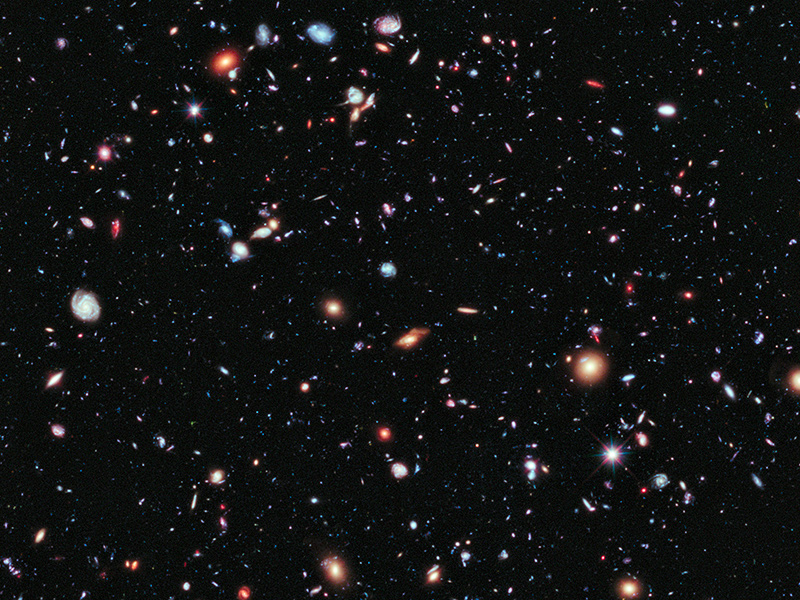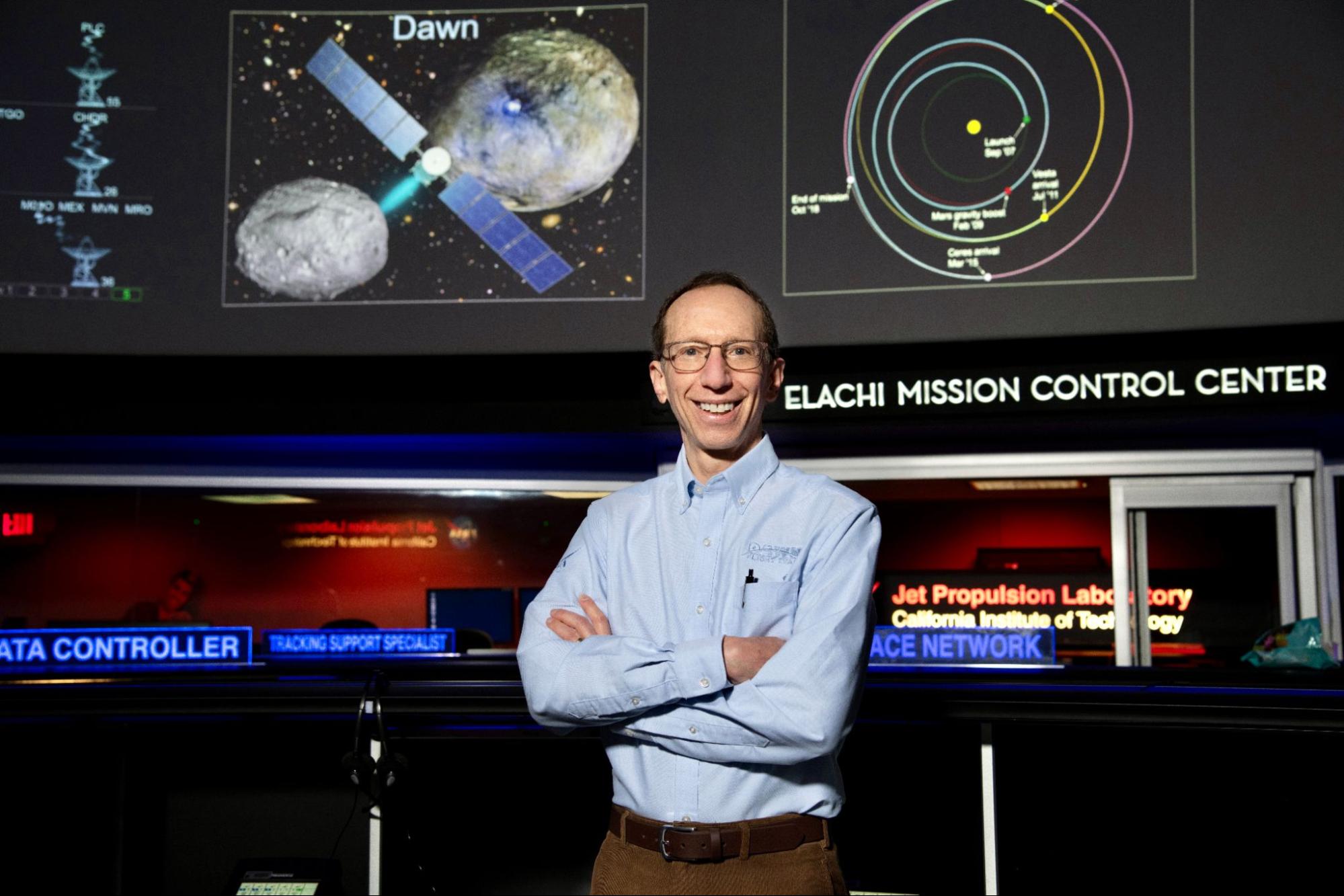
Marc Rayman
Chief Engineer for Mission Operations and Science | NASA's Jet Propulsion Laboratory
High School: Maumee Valley Country Day School | Toledo, Ohio
University of Colorado | Boulder, Colorado: Ph.D. in Physics
University of Colorado | Boulder, Colorado: M.S. in Physics
Princeton University | Princeton, New Jersey: A.B. (Artium Baccalaureus, Latin for Bachelor of Arts) in Physics
One evening, when I was four years old, I was outside with my parents, and I saw a meteor. Already a logical youngster, I concluded it was a witch streaking across the sky, and I was terrified. I was quite afraid of witches at that age. When my parents told me that it was something from space burning up in the atmosphere, I was captivated and I have been fascinated with space and science ever since.
For as long as I can remember, I have wanted to work for NASA – really the only organization I ever dreamed of working for. I actually began writing to NASA's Jet Propulsion Laboratory (JPL) and other NASA facilities, as well as other space agencies and scientific institutions around the world, when I was only 9 years old. I received many nice responses over the years, including answers to my many questions, as well as brochures, articles, pictures, posters, and other items. I have accumulated quite a collection of information and memorabilia from the exploration of space.
My interest in space and science only grew stronger as I grew older, and I followed all aspects of space exploration as closely as I could while pursuing my education. My aspiration of being a part of NASA never wavered.
After I earned my Ph.D. in physics at the Joint Institute for Laboratory Astrophysics in Boulder, NASA was still the only place I wanted to work. I continued as a postdoctoral researcher, and I applied to several NASA centers. I was thrilled to accept one of the offers I had from JPL, and I have been here ever since.
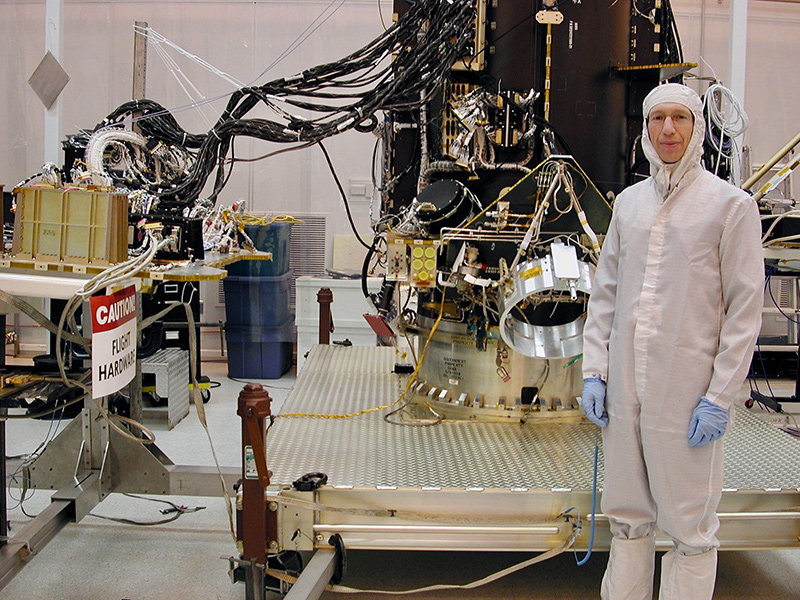
I'm the JPL chief engineer for mission operations and science.
I used to focus on one project at a time. I was fortunate enough to be involved in all the technical aspects of the operation of the Dawn mission, which launched in 2007, orbited the giant asteroid Vesta in 2011-2012, then went on to orbit dwarf planet Ceres in 2015 to the end of the mission in 2018. I got to marvel at the big picture of the mission and delve into every fascinating detail.
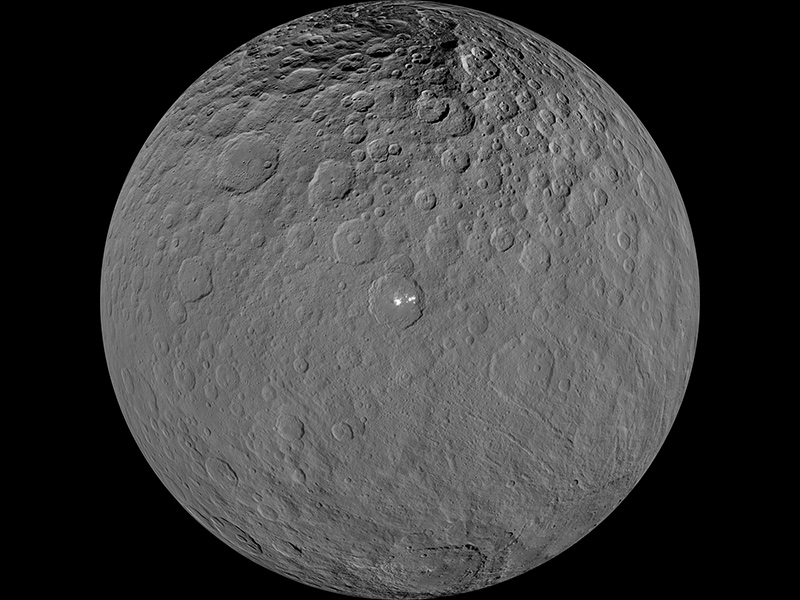
When Dawn ended, I decided that as cool as it is to be dedicated to a specific mission, my personality is such that I dive in completely and I immerse myself in every single aspect of science and engineering. But because of my lifelong interest, that means I miss out on everything else. So, I moved into a new role that allows me to have this broad overview of the science and engineering of a great many missions.
Now I get to be involved in many missions to help ensure that they will be fully successful. And if they run into difficulty, I help resolve the problems. It's just super fun. I meet with many different people from many different projects, and that is part of what's so rewarding about this: I get insight into what's happening on many exciting projects.
NASA has so many wonderful, important, fascinating, inspiring missions going on, and the opportunity to work with many of them, and to be able to take advantage of my own experience and knowledge for their benefit is tremendously gratifying.
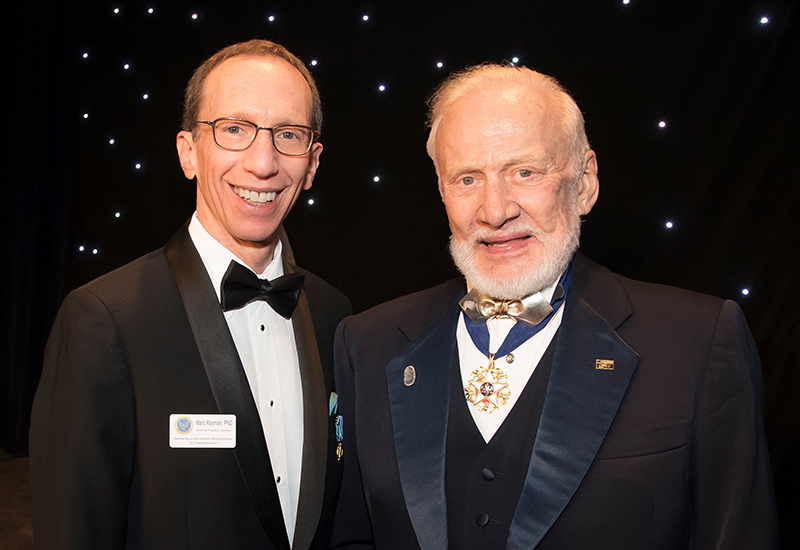
Everyone's career path is going to be different because everyone is different and everyone's circumstances are different. The first advice I would offer is to do the best you can with your own abilities and limitations, as well as your own opportunities and constraints.
I think luck is an important component – not only of people's careers but of their lives. I’m fortunate to have had many of the opportunities I have, and that I haven't had to face the challenges that many others have. But we can make our own luck by working hard and taking responsibility for our own success. So forge your own course in life. Build on your strengths, and don't wait for someone else to give you a lucky break.
It's worth keeping in mind that people who aren’t interested in studying science, math, or engineering can still get involved in space exploration. We need business people. We need people who are good with contracts and management. We need journalists and writers – people who are good with the spoken or written word. We need artists. We need firefighters and security officers. We need people who are good with mechanical or electrical devices even without engineering degrees. There's an extremely broad range of skills necessary to carry out missions while being responsible stewards of taxpayers' investment in NASA. So I think many people who love space and would like to be involved may have the opportunity, almost regardless of what their specialty is.
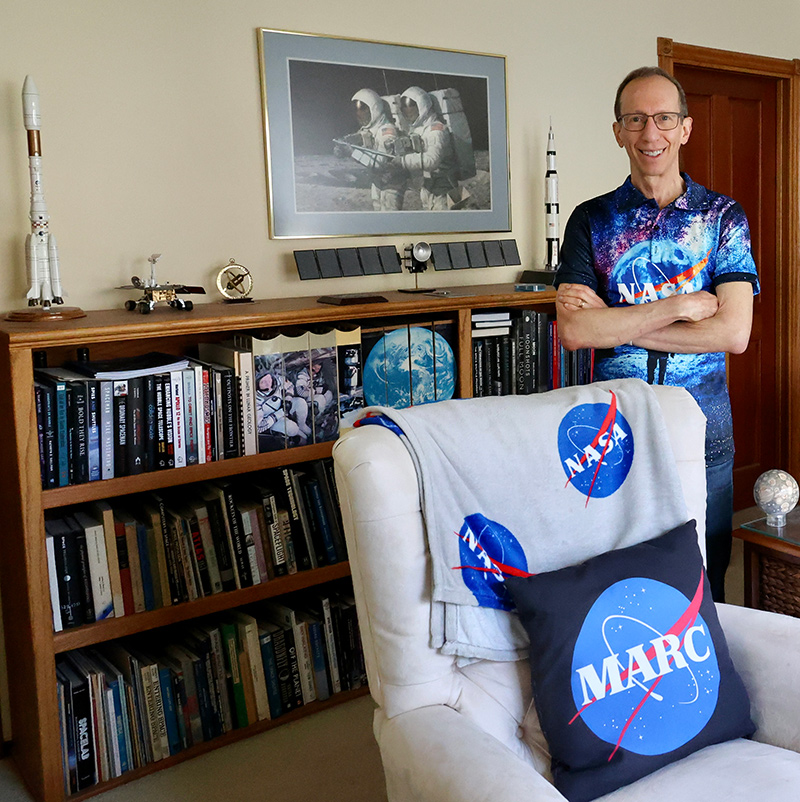
I have been inspired by a great many scientists throughout history – mostly physicists and astronomers, as well as scientists in other fields. I love learning about their work and their creativity, diligence, and persistence. There are far too many to name all that have inspired me, but if I had to choose just one I would pick the brilliant Paul Dirac. Among his extraordinary accomplishments was predicting the existence of antimatter in 1928. It was discovered only four years later by Carl Anderson.
The power of science itself inspires me!
I have also been energized by the people in the U.S. and elsewhere who accomplished human and robotic space missions from the very beginning of space exploration. These missions enthralled me when I was younger: I only knew the names of a few individuals who were a part of these wonderful missions, but I was also well aware that it took a great many talented and dedicated men and women to achieve such marvelous feats.
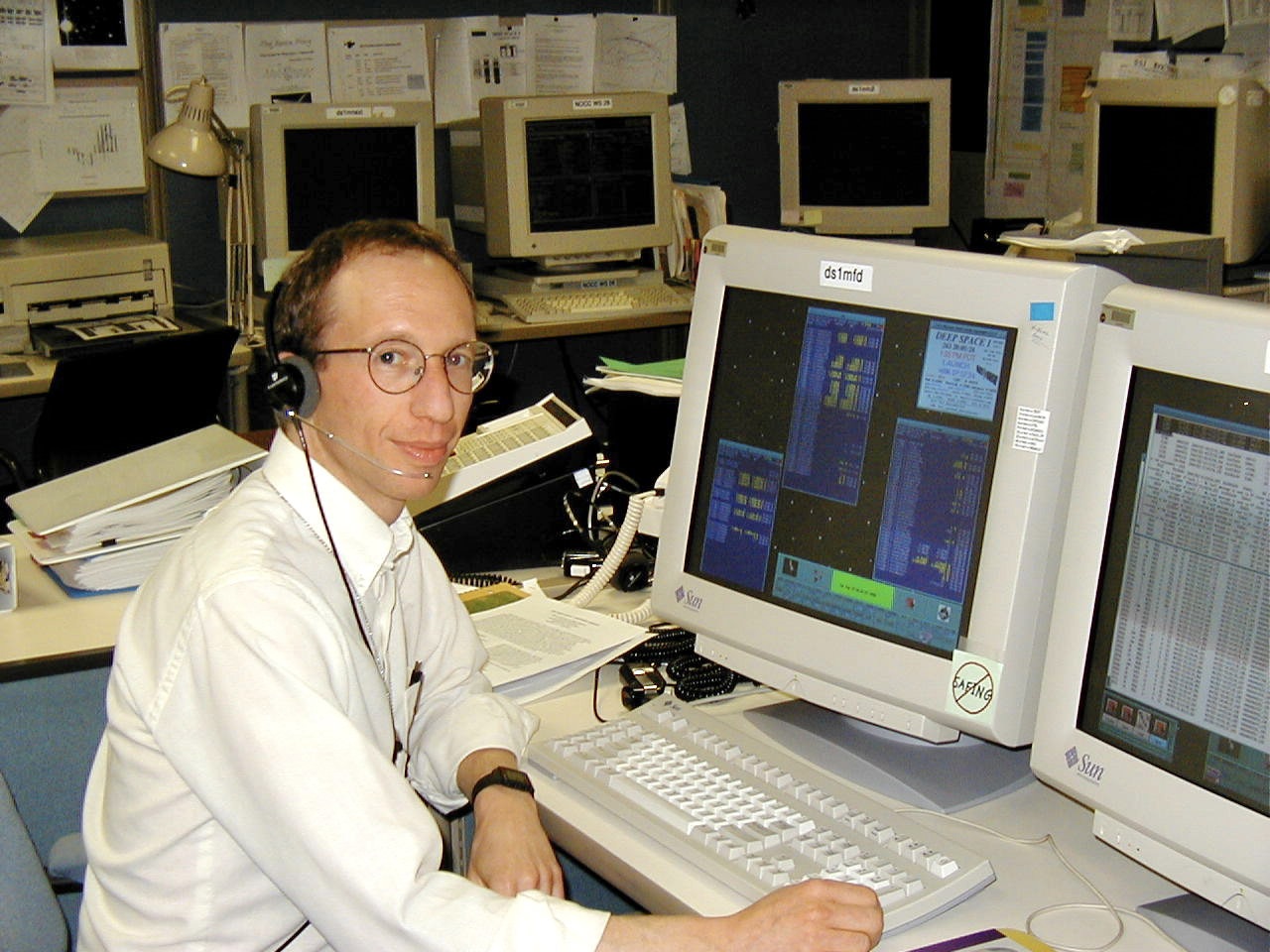
Working for NASA has been a dream come true for me, and there have been many wonderful moments and experiences I will treasure for the rest of my life.
Two of my favorite projects have been Dawn and Deep Space 1 (DS1).
My favorite experience occurred on Sept. 22, 2001, and involves DS1. I started working on DS1 in 1995 when a few colleagues and I developed the initial concept for the mission. Its objective was to test ion propulsion (which I first heard of on "Star Trek"), artificial intelligence, and other exotic technologies on an operational interplanetary mission so that they could be used confidently on subsequent missions.
We launched DS1 in 1998 and completed its very productive primary mission in 1999. However, we still had a healthy, capable spacecraft out there in the solar system. So, NASA Headquarters approved an extended mission devoted to exploring a comet.
Shortly thereafter, in November 1999, a device we had considered absolutely indispensable failed. By all rights that should have been fatal for the spacecraft, and the mission should have ended, just left to rest on its laurels.
But NASA has a remarkable history of overcoming the most daunting challenges, and my team and I accomplished one of the most ambitious deep space rescue missions ever attempted. It was a very, very difficult seven months, but by June of 2000, the ship was sailing smoothly enough to resume its pursuit of the comet. We used the ion propulsion system and some of the other advanced technologies to guide this aged and wounded bird to a spectacular encounter with comet Borrelly only 11 days after 9/11. While the world's attention was focused on those other events, the spacecraft performed its daring mission flawlessly. DS1 provided NASA with its first close-up views and other precious data from a comet, exceeding our wildest hopes for success.
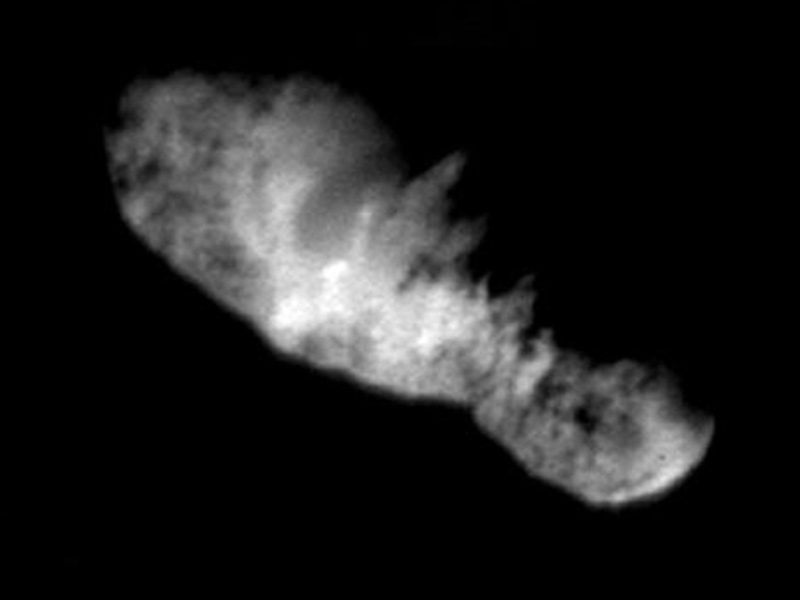
I'm usually pretty articulate, but it seemed that all I could say for several hours after the best picture of Borrelly came up on our screens in mission control was "I just can't believe how incredibly cool this is."
I talk about this incredible experience and some life lessons I learned from it in a TED talk, “If It Isn't Impossible, It Isn't Worth Trying.” Of course, the title isn't meant to be taken literally, but it's a theme I discuss in the talk. The talk itself presented some challenges. Because of the pandemic, I couldn't participate live, so I did it from my home using two cameras so the TED people could cut back and forth between them to give it some variety.
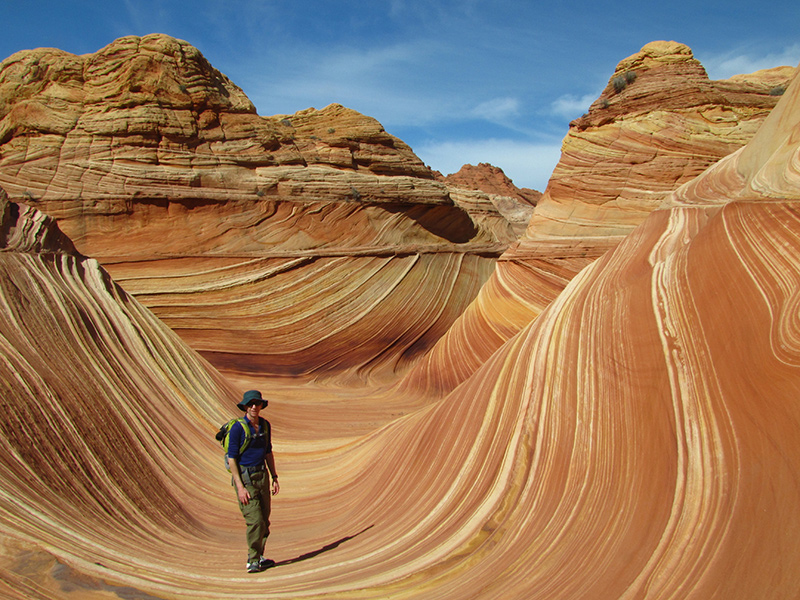
My job is incredibly fun. After all, my favorite hobby for my whole life has been learning about space exploration and many branches of science. (Many fields interest me. A few are particle physics, cosmology, and evolutionary biology.) I'm very fortunate that I get to make my living doing what I love so much. I do devote a great deal of my personal time to it as well.
I also like to share the rewards of science and the excitement and wonder of interplanetary adventures by giving public presentations. During the Dawn mission, I wrote a blog, which provided the most complete inside view of any real deep-space mission.
I greatly enjoy international folk dancing. I had wanted to dance when I was young, but I was a shy, nerdy kid and was too embarrassed. So as a substitute, I started karate and eventually earned my black belt. I taught karate for a number of years.
But while I was working on my doctorate, I finally came to realize that I wasn't so concerned anymore about what others thought of me, and I decided to take a dance class. The only dance class I could find that didn't require having a partner – because I was too shy to ask anybody to go with me – was a kind of dancing called international folk dancing. I didn't know what folk dancing was, but it had the keyword – dancing. So I went. It turned out that international folk dancing involves dances from many different countries and cultures. I loved it. I've been doing it ever since. I met my wife in a dance group.
When we moved to California, one of the first things we did was join a dance group. We danced one night a week until my Dawn mission left orbit around Vesta. Then we started dancing regularly twice a week. When Dawn was in orbit around Ceres and met its mission success criteria, then we formed our own dance group as well.
I continue dancing every week and I love it. I teach dancing regularly. I know hundreds of dances from probably 75 or more countries and cultures around the world. I've also done hip-hop, ballroom, and square dancing. I've taken belly dancing classes for men. I just love all kinds of dancing.
I also love photography. I especially like photographing insects and flowers but many other subjects in nature as well. I like outdoor activities such as hiking and backpacking.
It's one of the Hubble Deep Field images. I find them quite profound. In fact, I made a custom smartphone case, and it has the Hubble Deep Field in the background. Now just as we are talking, new first Webb images are being released, and I'm thrilled that Webb is showing us even better images.
